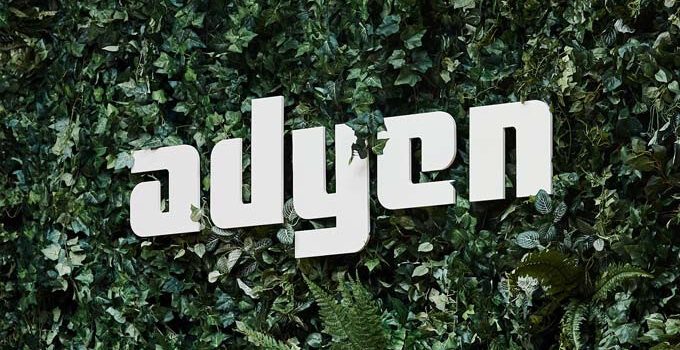 By Oscar Roque
By Oscar Roque
Many view blockchain as a disruptor. But here at Interac we see it as an enabler.
To date, our journey has been an exciting one—exploring and experimenting with blockchain technology—while applying it to new use-cases and problem sets. With over three decades of building payments ubiquity in the Canadian market offering a real-time, good funds and push payments model, our position in the payments landscape gives us a unique perspective.
Collaboration is a key driver to our success. As a trusted partner to financial institutions, acquirers, retailers, FinTechs and regulators, we have learned how integral trust and good governance is.
Good governance: the building blocks of Blockchain
What is good governance? At a high level, it is the successful creation and execution of rule sets, processes and hierarchies that are designed to manage human interactions and behaviours.
Good governance is absolutely critical in blockchain applications especially since one of the fundamental tenants of blockchain is its ability to weave together multiple industries, creating a new business network that is able to drive new value to the market. For without a centralized authority or administrator, setting and enforcing the “rules” within a business network is as complex as it is essential.
Founding members and even participants must focus on creating the appropriate governance framework to manage the business network from day one. As no two groups or systems are alike, there needs to be a shared understanding of common value propositions, organizational core competencies, economic models and management structures. This will determine the initial (and ongoing) success of the business network.
There are two main ways to start a business network, each with a different focus at the onset.
1. Speed-to-market, whereby the business network is formed with a minimum viable ecosystem to quickly build out and iterate on the market value, technology and governance. This provides the benefit of fast-tracking to a commercialized state, but with mid-longer term consideration around onboarding new participants.
2. Scale-at-market focuses on being more inclusive and working with as many participants as possible in the initial build-out. It provides the benefit of launching with a more mature network, but at the risk that initial commercialization will take longer than the speed-to-market approach.
Governance is never-ending. Regardless of the initial approach, having a relentless focus on expanding the network effect and evolving the governance framework will determine the business network’s long-term viability.
This negotiation can be more challenging and lengthier than you might first assume. Don’t make the mistake of overlooking the softer (human) elements. Being able to negotiate between multiple parties is a core skill and communicating successfully with others may be more central to your success than the technology itself.
Governance today is largely offline and manual. With blockchain, there is a tremendous opportunity to digitize governance and increase efficiencies. But it is paramount that it is done right each and every time. As blockchain enables real-time efficiencies, it can also propagate maligned intent resulting in material damages.
There is a path forward. One of due diligence and thoroughness: “measure twice, cut once”. Coding governance on blockchain will never be a simple task; governance requires meticulousness.
In fact, organizations that have good governance today, albeit functioning offline, are in the best position to be successful in placing governance on-chain tomorrow. These organizations have the opportunity to lead, not only by example but also to provide their advisory expertise as a potential new market offering e.g. “Governance as a Service”.
As governance goes digital, there will be an emerging need for a unique type of persona. A hybrid of both a governance expert and software engineer, the concept of a “governance scientist” will be responsible to ensure good governance frameworks are successfully coded, implemented and evolved on-chain.
Good governance is fundamental to the success of any blockchain system; blockchain can offer a natural opportunity for transitioning governance processes on-chain. Not getting it right means inconsistencies, overlaps, gaps in processes and no means to efficiently deal with bad actors: which will ultimately impact the output and efficiency of a blockchain system.
There is no one-size-fits-all to blockchain governance. But finding trusted partners to help negotiate how business networks will work and being flexible to adapt as you learn what’s working and what’s not is a good place to start.
Oscar Roque is assistant vice president, innovation, research and emerging solutions, Interac Corp.




